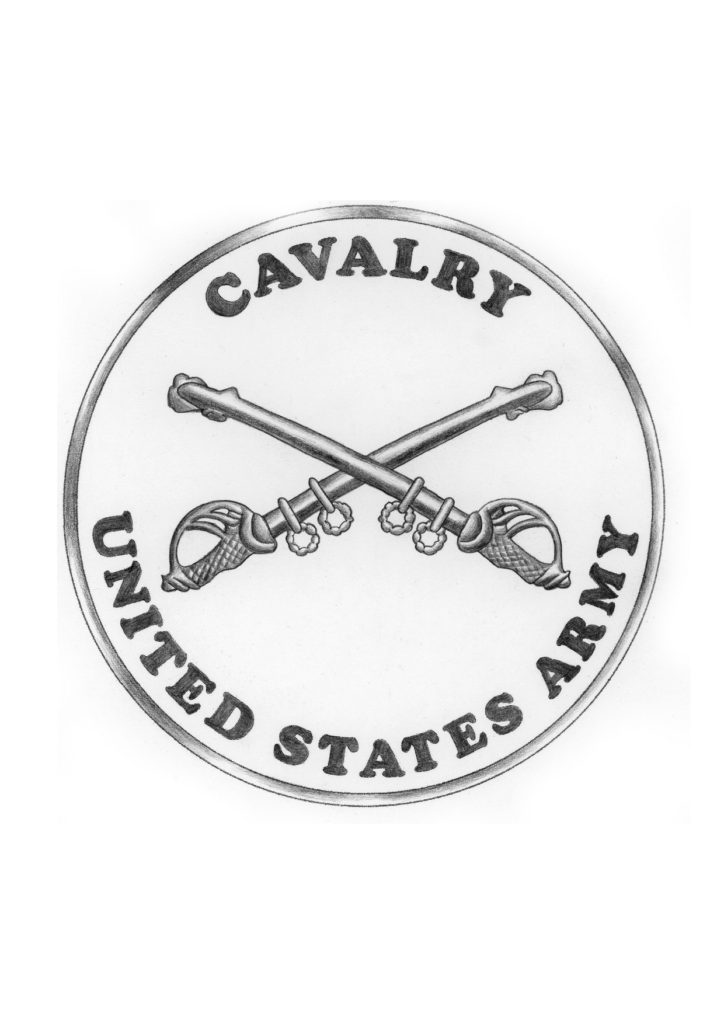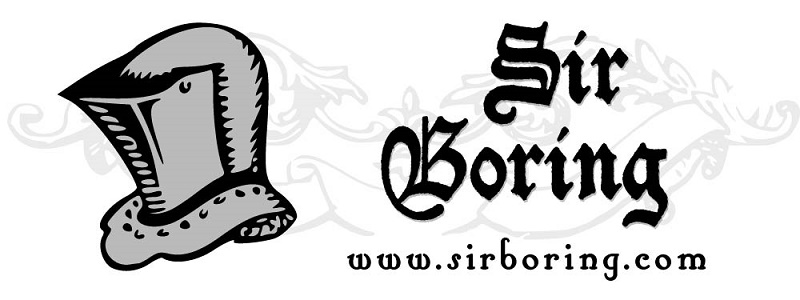
The United States Cavalry has played an integral role in some of America’s most important battles and exploits. In December of 1776, the U.S. Congress established the first unit of “Light Dragoons,” with General Washington further expanding the size of the Dragoons in 1777. These forces would be utilized in both mounted and dismounted roles throughout the conflict, helping to achieve ultimate victory. However, the Dragoons were disbanded soon after the War due to them being expensive units to fund and maintain.
Dragoon forces would again be called up by Congress during the War of 1812. This time the Dragoons were better supplied and equipped, making them a more flexible and formidable force. They were utilized to better effect, leading to a notable defeat of British forces east of the city of Detroit, Michigan. However, largely due to the fact Dragoon units were still expensive to maintain, Congress once again disbanded them.
In 1832 the U.S. Congress would once again reestablish Dragoon forces to help settle and protect government interests west of the Mississippi River. Due to a lack of success, Congress would then establish two Dragoon regiments in the following years, but this would only lead to moderate success. The First Dragoons unit would also go on to fight in the Mexican-American War.
Following this period of American expansion, the term “dragoon” was dropped and replaced with the term cavalry. These newly renamed and minted cavalry units would go on to see extensive fighting throughout the American Civil War, participating in virtually every major battle during the war. These units would also take part in battles and skirmishes across the entire continent. It is important to also remember many of the best cavalry leaders joined the Confederacy to fight against the Union, and these Confederate Cavalry Forces would have great success throughout the conflict.
After the Civil War, the U.S. Cavalry would again be deployed to the western territories to crush and conquer the Native American populations. These campaigns would help to establish the cavalry as a main staple within the Army, especially due to their brutal but successful tactics and strategies employed against the Native Americans. The next foreign employment of cavalry forces would be in the Spanish American War, where cavalry was primarily employed in a dismounted role; notably during this conflict, future president Theodore Roosevelt’s Rough Riders were dismounted when they captured San Juan Hill in Cuba.
The U.S. Cavalry would be utilized next to help secure the Mexico-U.S. border, before being called into action when America entered WWI in 1917. By that time in WWI, leaders finally understood horse mounted troops could no longer ride gloriously onto the battlefield and overpower the enemy, when modern weapons like machine guns, aircraft, and chemical weapons were employed. Instead, many cavalry units were converted into field artillery units, with other units serving in secondary support roles.
During the interwar years, the cavalry would be shuffled around within the Army, as its leaders tried to work out how these units would be adapted and employed. The last American Cavalry charge would be made by the outnumbered American forces fighting the Japanese in the Philippines in 1942. Developments during the war would ultimately lead to the development of mounted cavalry, as many of these units traded in their horses for tanks, trucks, and jeeps. From the lessons learned during WWII, the cavalry would become a part of the armor branch of the Army. It would be in this capacity the next evolution, Air Cavalry, would be developed and employed to great effect during the Vietnam War. By utilizing helicopters, troops and equipment could be quickly moved around the battlefield, providing commanders with an unprecedented level of maneuverability.
In more modern times, cavalry units have continued to be employed in these hybrid roles, whether it be air, armor, or foot mobile. Many of these units have taken part in major and minor combat operations in Afghanistan and Iraq. These units still trace there lineage and heritage to the horse mounted soldiers of the past, with a small horse mounted force still maintained for ceremonial purposes. It is also interesting to note special forces have used horses, mules, and donkeys throughout the Global War on Terror, proving even in the age of satellites and the internet, the horse has yet to be fully retired from the battlefield.
